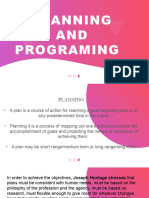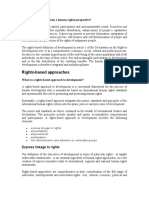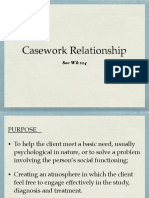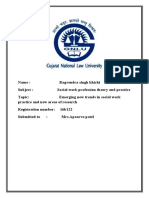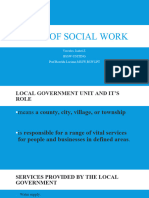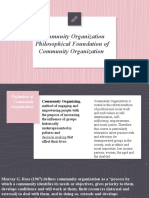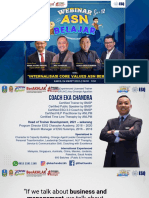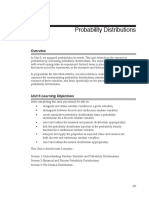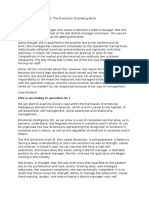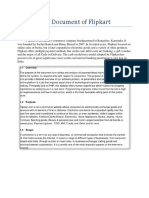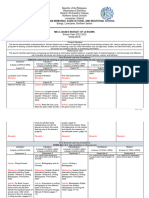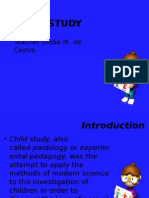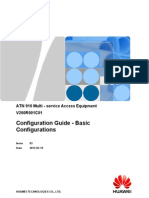0% found this document useful (0 votes)
301 views28 pagesPlanning and Programming
1. Planning involves anticipating goals and preparing a plan to achieve them over different timeframes.
2. Effective planning requires establishing objectives, considering available resources, evaluating alternatives, and deciding on the best course of action while allowing for changes.
3. Case management is a method for coordinating multiple services to meet a client's complex needs and involves assessing needs, planning resources, linking to services, monitoring delivery, and advocating.
Uploaded by
Mark DeguzmanCopyright
© © All Rights Reserved
We take content rights seriously. If you suspect this is your content, claim it here.
Available Formats
Download as PPTX, PDF, TXT or read online on Scribd
0% found this document useful (0 votes)
301 views28 pagesPlanning and Programming
1. Planning involves anticipating goals and preparing a plan to achieve them over different timeframes.
2. Effective planning requires establishing objectives, considering available resources, evaluating alternatives, and deciding on the best course of action while allowing for changes.
3. Case management is a method for coordinating multiple services to meet a client's complex needs and involves assessing needs, planning resources, linking to services, monitoring delivery, and advocating.
Uploaded by
Mark DeguzmanCopyright
© © All Rights Reserved
We take content rights seriously. If you suspect this is your content, claim it here.
Available Formats
Download as PPTX, PDF, TXT or read online on Scribd
/ 28

